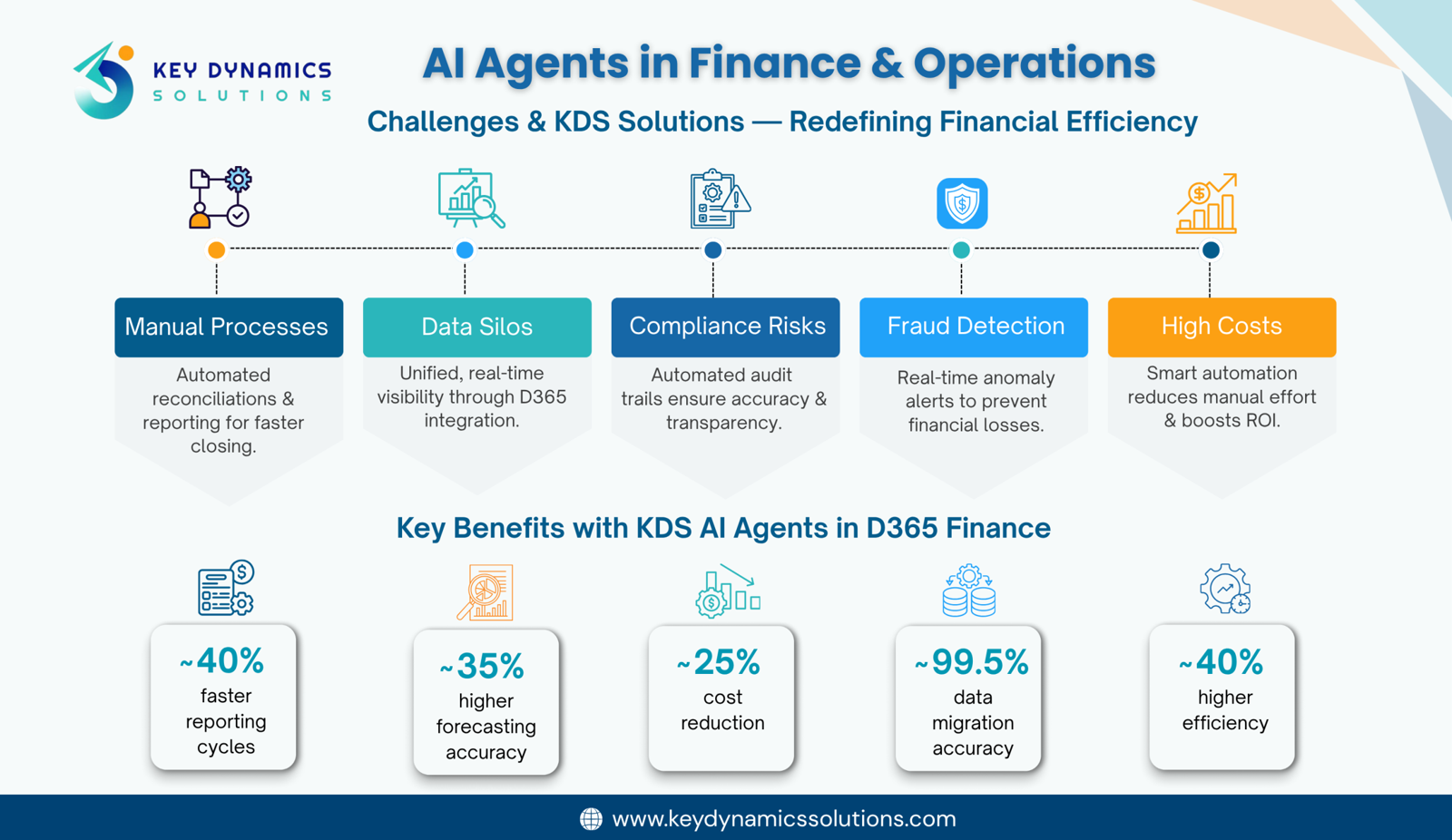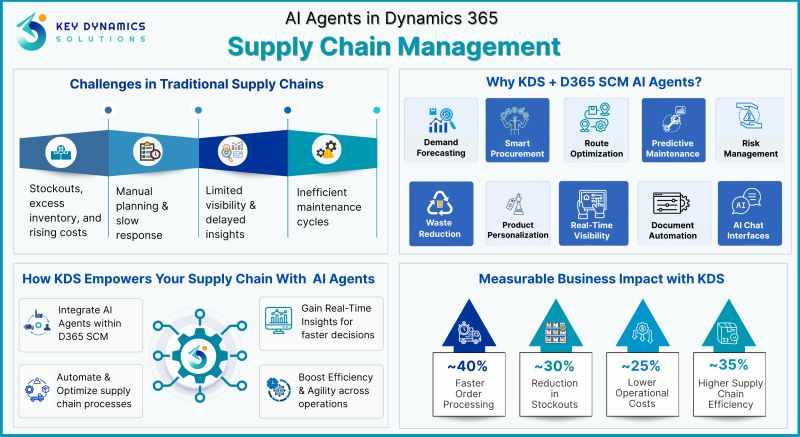
In today’s customer-centric world, offering exceptional service isn’t optional—it’s essential. With increasing expectations and growing competition, companies must deliver fast, efficient, and personalized support across multiple channels. That's where modern customer service platforms come into play. One such solution, widely recognized for its flexibility and performance, offers an integrated approach to managing customer interactions, streamlining workflows, and delivering impactful service experiences.
This blog explores how organizations can improve support quality using such a platform, focusing on key features, real-world benefits, and strategies for successful implementation.
Understanding the Challenge
Before diving into the solution, it’s important to recognize the challenges modern dynamics 365 Project Operations face:
· Disjointed communication: Customers engage across email, phone, chat, and social media, but many support teams still work in silos.
· Manual processes: Agents waste valuable time searching for information, leading to slower resolutions.
· Limited visibility: Without clear insights, it's difficult to measure performance or customer satisfaction.
· Growing expectations: Today’s customers expect personalized, real-time support—anything less impacts loyalty.
These issues hinder not only customer experience but also internal efficiency and team morale.
A Unified Platform for Customer Support
To address these issues, companies need a connected service platform that brings all customer interactions and agent tools into one place. Such systems are designed to centralize data, automate repetitive tasks, and enable teams to respond proactively.
Key Components of a Unified Support Solution
1. Omnichannel Engagement
Modern support systems allow agents to interact with customers across multiple channels—email, chat, social media, voice, and more—from a single interface. This ensures continuity and reduces the need for customers to repeat themselves.
2. Case Management
A structured approach to tracking and resolving issues is essential. Case management tools assign, prioritize, and monitor cases through every stage of the resolution process, ensuring nothing falls through the cracks.
3. Knowledge Base Integration
Providing agents and customers with access to a centralized knowledge base improves first-contact resolution. Customers can self-serve, and agents can find relevant solutions faster.
4. Automation and AI
From routing tickets to suggesting responses, automation reduces manual work and speeds up resolutions. AI can identify trends, flag potential escalations, and offer insights into customer sentiment.
5. Self-Service Portals
Empowering customers to find answers on their own reduces the load on support teams. Self-service portals with FAQs, community forums, and knowledge articles enhance the customer experience and cut costs.
6. Analytics and Insights
Built-in reporting dashboards allow leaders to track performance metrics like resolution times, customer satisfaction, and agent efficiency. These insights are critical for continuous improvement.
How It Improves Customer Support
1. Faster Response Times
When cases are automatically routed to the right agent based on priority, skill set, or channel, customers get help faster. Predefined templates, automated follow-ups, and chatbots further accelerate response times for Dynamics 365 Business Central.
2. Enhanced Personalization
With full access to customer history, preferences, and previous interactions, agents can offer tailored support. This makes customers feel valued and understood—key ingredients for loyalty.
3. Consistent Experiences Across Channels
Whether a customer reaches out via chat or social media, their experience should be consistent. An integrated platform ensures continuity, reducing frustration and building trust.
4. Better Agent Productivity
With all tools, information, and communication channels in one place, agents can work more efficiently. Automated workflows free them from repetitive tasks, allowing them to focus on solving complex issues.
5. Proactive Support
Predictive analytics can alert teams to common problems before they become widespread. Proactive outreach—like notifying customers of known issues or providing updates—demonstrates attentiveness and transparency.
Real-World Use Cases
Retail Industry:
A large retailer uses the platform to handle inquiries from multiple touchpoints—online orders, in-store pickups, and returns. With intelligent routing and unified case tracking, they resolve issues 40% faster than before.
Healthcare Providers:
A hospital system improves patient satisfaction by offering live chat and knowledge base access on its website. Patients get answers quickly without waiting on hold, and staff focus on critical care instead of routine questions.
Financial Services:
A bank deploys AI-driven chatbots to handle common account-related queries. This reduces call center volume while ensuring complex issues are swiftly escalated to live agents.
Best Practices for Implementation
1. Define Clear Goals
Before adopting a new system, identify what you want to achieve—reduced resolution times, better CSAT scores, or improved agent productivity. Goals provide direction and help measure success.
2. Train Your Team
Even the best platform won’t work without proper training. Make sure your agents understand how to use each feature, and consider role-based training tailored to different users.
3. Keep Your Knowledge Base Updated
An outdated knowledge base frustrates users and agents alike. Appoint a team or champion responsible for reviewing and updating content regularly.
4. Monitor and Iterate
Use dashboards and reports to track progress and identify areas for improvement. Continuous feedback loops ensure your support strategy evolves with changing customer needs.
5. Encourage Self-Service
Guide users toward the self-service portal or chatbots for routine queries. Promoting these options reduces inbound volume and gives your team more time to focus on high-priority cases.
The Bottom Line
Exceptional customer support isn’t just about fixing problems—it’s about creating memorable experiences that build long-term relationships. With the right tools in place, organizations can respond faster, resolve more efficiently, and deliver service that exceeds expectations.
Whether you’re a small business or a global enterprise, investing in a robust, unified service platform pays dividends in both customer loyalty and operational efficiency. By embracing automation, leveraging data, and empowering both agents and customers, support becomes a strategic asset—not just a cost center.
Ready to Elevate Your Support Experience?
If you’re looking to improve the way your organization handles customer service, start by assessing your current workflows and identifying gaps. From there, explore modern dynamics 365 Customer Service that offer the flexibility, intelligence, and scalability needed to meet today’s demands.
The future of customer service is connected, intelligent, and customer-first. Now’s the time to align your support strategy with those values—and watch your customer satisfaction soar.
Read Also: How to Tailor Dynamics 365 to Fit Your Unique Needs















Write a comment ...